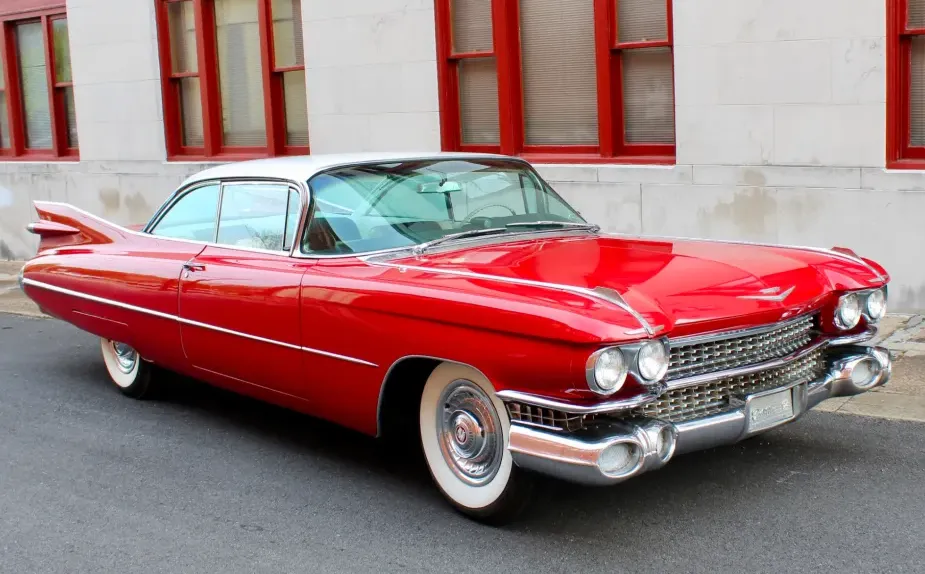The 1934 Aston Martin Ulster is a legendary automobile that epitomizes the golden era of British sports car racing. Known for its performance, engineering excellence, and sleek design, the Ulster played a significant role in establishing Aston Martin's reputation as a producer of high-quality, competitive racing cars.
Historical Context and Development

The 1930s were a transformative period for Aston Martin, a time when the brand was striving to make a mark in the highly competitive world of motorsports. The Ulster emerged as a result of this ambition. Named after the Ulster Tourist Trophy, one of the most prestigious races of the time, the Ulster was designed to be a formidable contender on the racetrack. The car's development was driven by the need to create a vehicle that could not only compete with but also outclass its rivals.
Design and Aesthetics

The Aston Martin Ulster is characterized by its classic pre-war sports car aesthetics. Its long, sleek body, flowing lines, and minimalist design are a testament to the era's focus on combining form and function. The car's body was typically crafted from lightweight aluminum, contributing to its agility and speed. The open two-seater cockpit, with its low-slung stance, further accentuated its racing pedigree. The Ulster's design was both purposeful and elegant, reflecting Aston Martin's commitment to producing cars that were as beautiful as they were fast.
Engineering and Performance

Underneath its stylish exterior, the 1934 Aston Martin Ulster was a marvel of engineering. It was powered by a 1.5-liter, four-cylinder engine that produced approximately 85 horsepower. While this may not seem impressive by today's standards, it was a significant achievement at the time, particularly for a car with such a lightweight construction. The engine featured twin SU carburetors, which enhanced its performance and responsiveness.

The Ulster's chassis was a masterpiece of design, offering exceptional rigidity and handling. The car featured semi-elliptic leaf springs and hydraulic shock absorbers, providing a balance between comfort and performance that was crucial for both road and track use. The braking system, which included large drum brakes, was highly effective, allowing the driver to maintain control even at high speeds.
Racing Pedigree

The 1934 Aston Martin Ulster's most notable achievements came on the racetrack. It earned its name by competing in the Ulster Tourist Trophy race, where it performed admirably. The car's lightweight construction, combined with its powerful engine and superior handling, made it a formidable competitor. The Ulster's success in various races helped cement Aston Martin's reputation as a builder of high-performance sports cars.
One of the Ulster's most famous victories came at the 1934 Le Mans 24 Hours race, where an Ulster finished third in its class. This achievement was a testament to the car's durability and performance, further enhancing its status as a racing legend.
Legacy and Collectibility

Today, the 1934 Aston Martin Ulster is highly prized by collectors and enthusiasts. Its historical significance, combined with its racing pedigree and timeless design, makes it a sought-after classic. Restored examples of the Ulster often fetch high prices at auctions, reflecting their enduring appeal and rarity.
Conclusion

The 1934 Aston Martin Ulster remains an icon of pre-war British sports car engineering. Its combination of elegant design, advanced engineering, and racing success encapsulates the spirit of an era when automobiles were crafted with passion and precision. The Ulster's legacy lives on, celebrated by enthusiasts and collectors who recognize its importance in the history of automotive racing and its role in establishing Aston Martin as a legendary marque.



